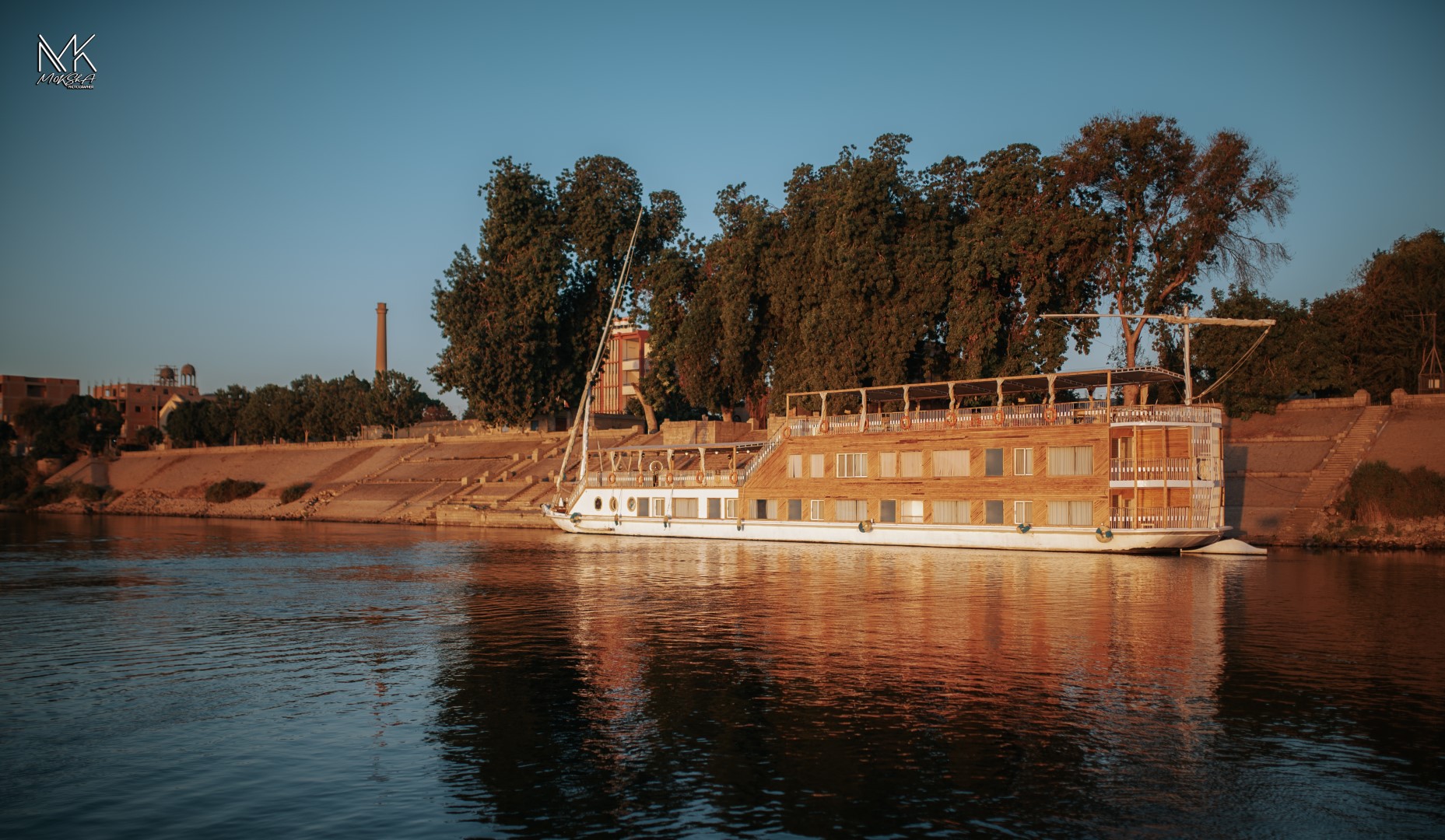Deir el-Medina: The Village of Ancient Egyptian Artisans
Deir el-Medina is one of the most fascinating archaeological sites in Egypt, located on the west bank of the Nile near Luxor. Unlike the grand temples and royal tombs that dominate Egyptian heritage, Deir el-Medina tells the story of the ordinary people—skilled artisans who dedicated their lives to constructing and decorating the tombs in the Valley of the Kings and the Valley of the Queens.
A Village for the Elite Workers
The village was established during the reign of Pharaoh Thutmose I in the 18th Dynasty of the New Kingdom (around the 15th century BCE). It was home to a specialized group of workers—painters, stone carvers, sculptors, and scribes—who were selected to work on the most sacred of sites: the royal tombs. The village was originally known as Set Maat (The Place of Truth), reflecting the honorable mission of its residents.
Daily Life in Deir el-Medina
Surrounded by mudbrick walls, the village consisted of modest, rectangular houses. Though small, these homes were efficiently designed and included living spaces, kitchens, and courtyards. What sets Deir el-Medina apart is the wealth of written records and artifacts discovered here, including thousands of ostraca (pottery shards) and papyri inscribed with everything from work schedules and wage records to personal letters and legal disputes.
These documents provide a rare and detailed glimpse into the daily life, social dynamics, and even the emotional world of ancient Egyptian workers. They reveal a highly organized community with structured labor, paid holidays, religious practices, and even labor strikes.
Artistic and Historical Value
Several tombs built by and for the artisans themselves have been found near the village. These tombs, such as those of Sennedjem, Inherkau, and Pashedu, are exceptionally decorated and rival the beauty of royal tombs. Their vibrant wall paintings and inscriptions offer invaluable insights into Egyptian art, religious beliefs, and afterlife concepts.
Origin of the Name "Deir el-Medina"
The name "Deir el-Medina" (Arabic for "Monastery of the City") was given during the early Christian period when a Coptic monastery was built on the site. Over time, the new name replaced the ancient one, and it remains in use to this day.
Legacy
Deir el-Medina is a unique site in Egyptology because it showcases the lives of the people who were often behind the scenes of ancient Egypt's grandeur. It reminds us that the glory of the pharaohs would not have been possible without the dedication, artistry, and discipline of these remarkable workers.


